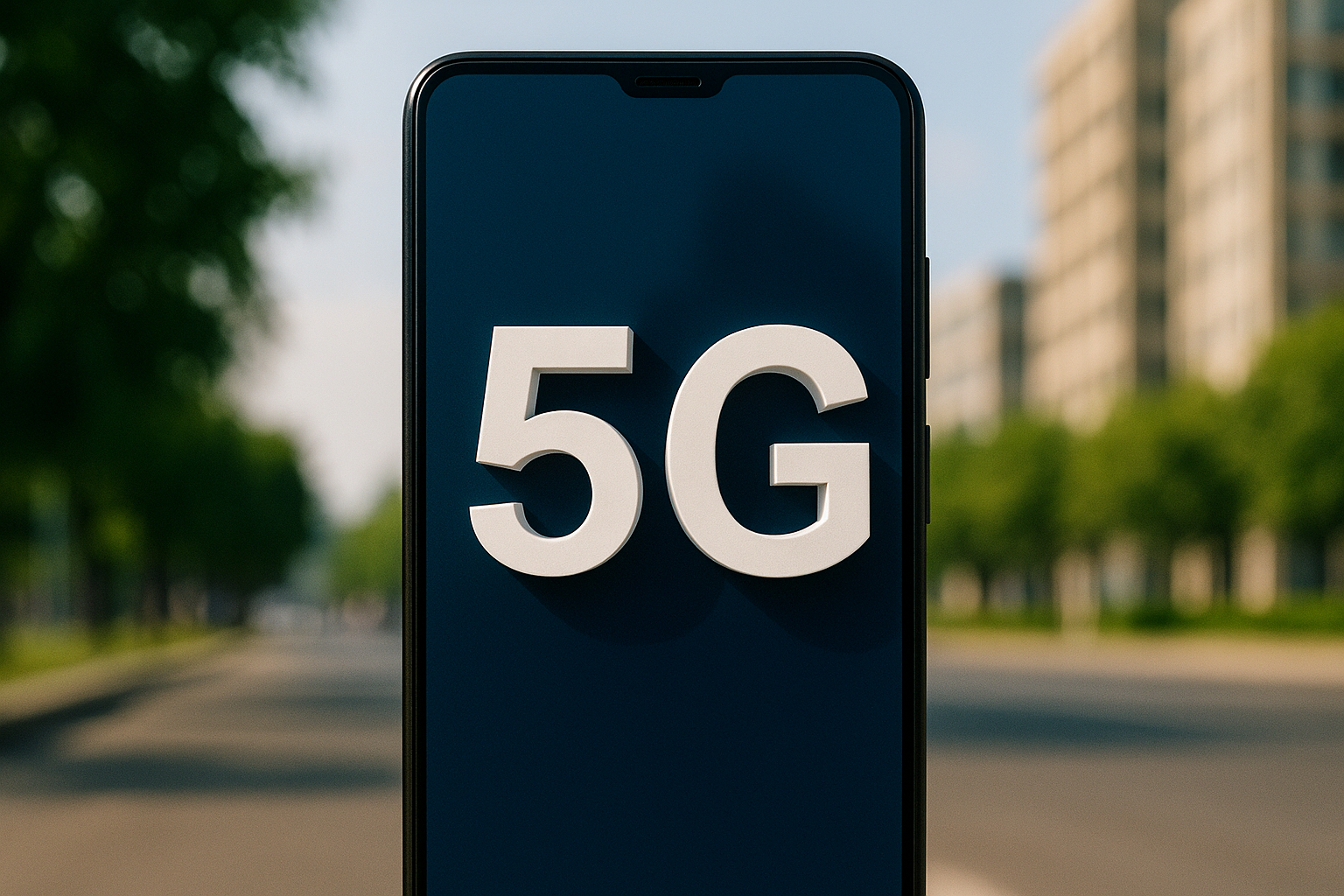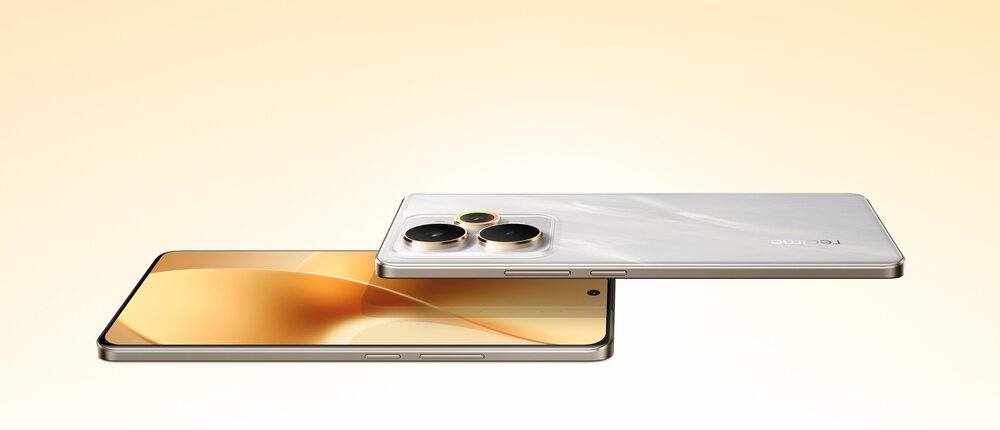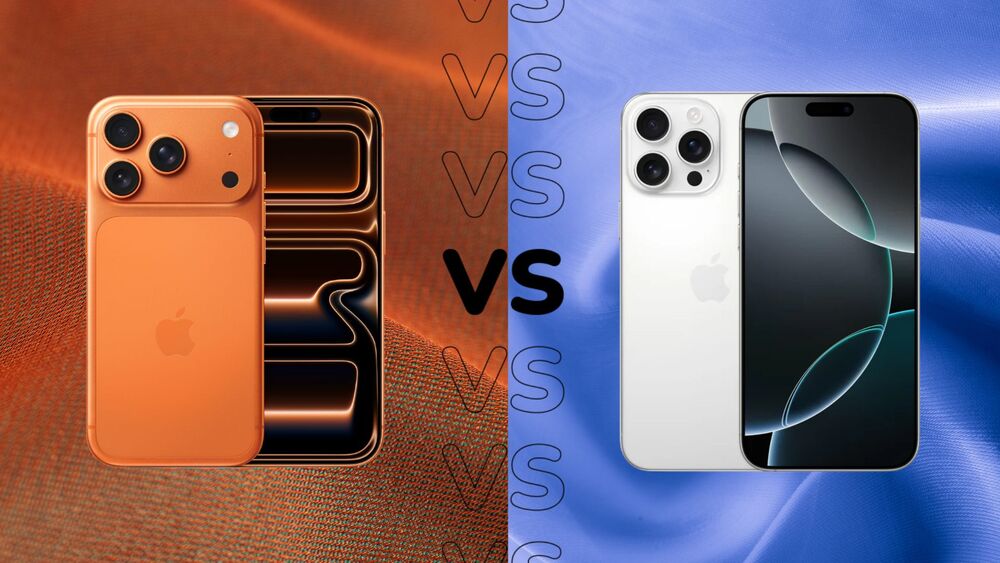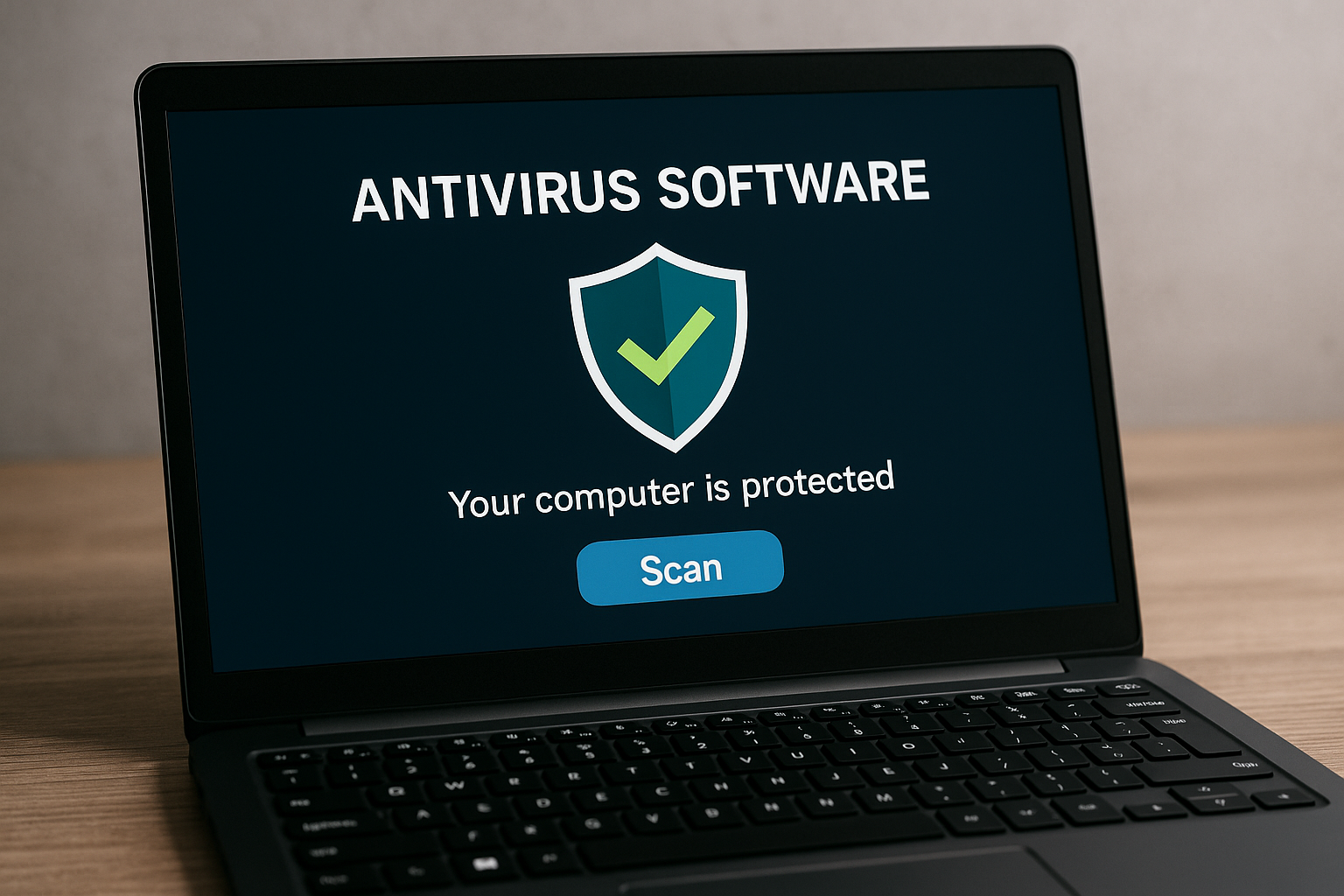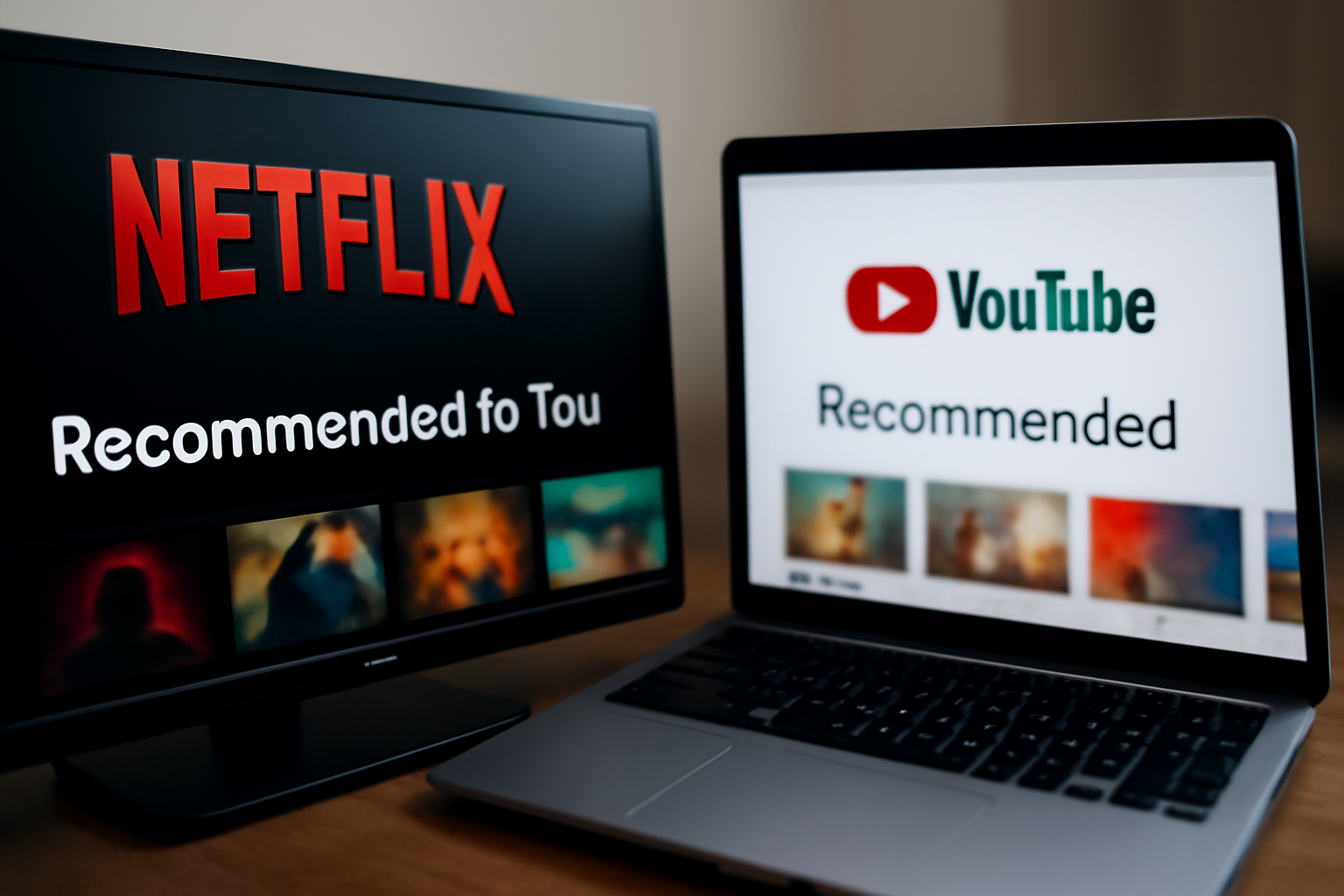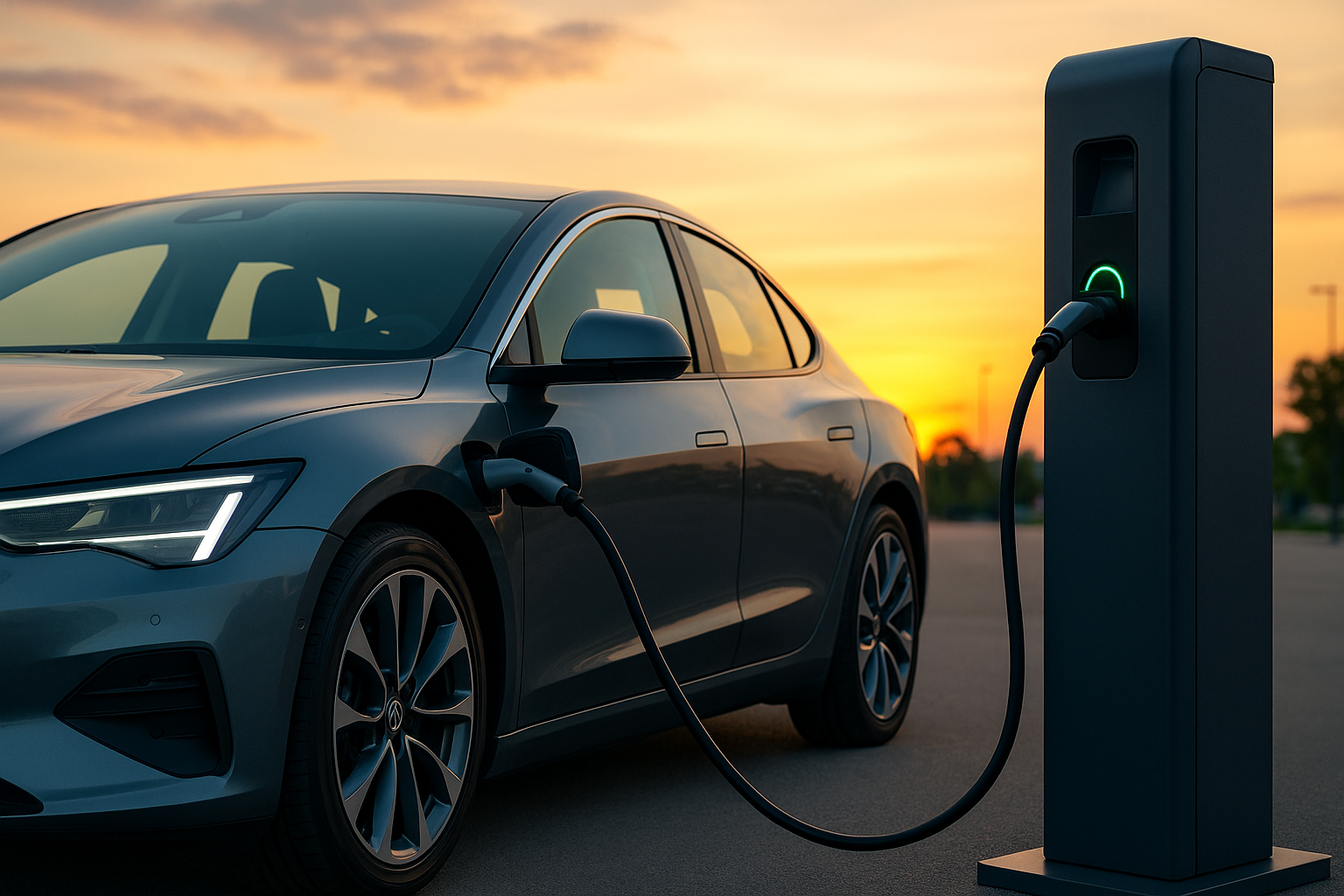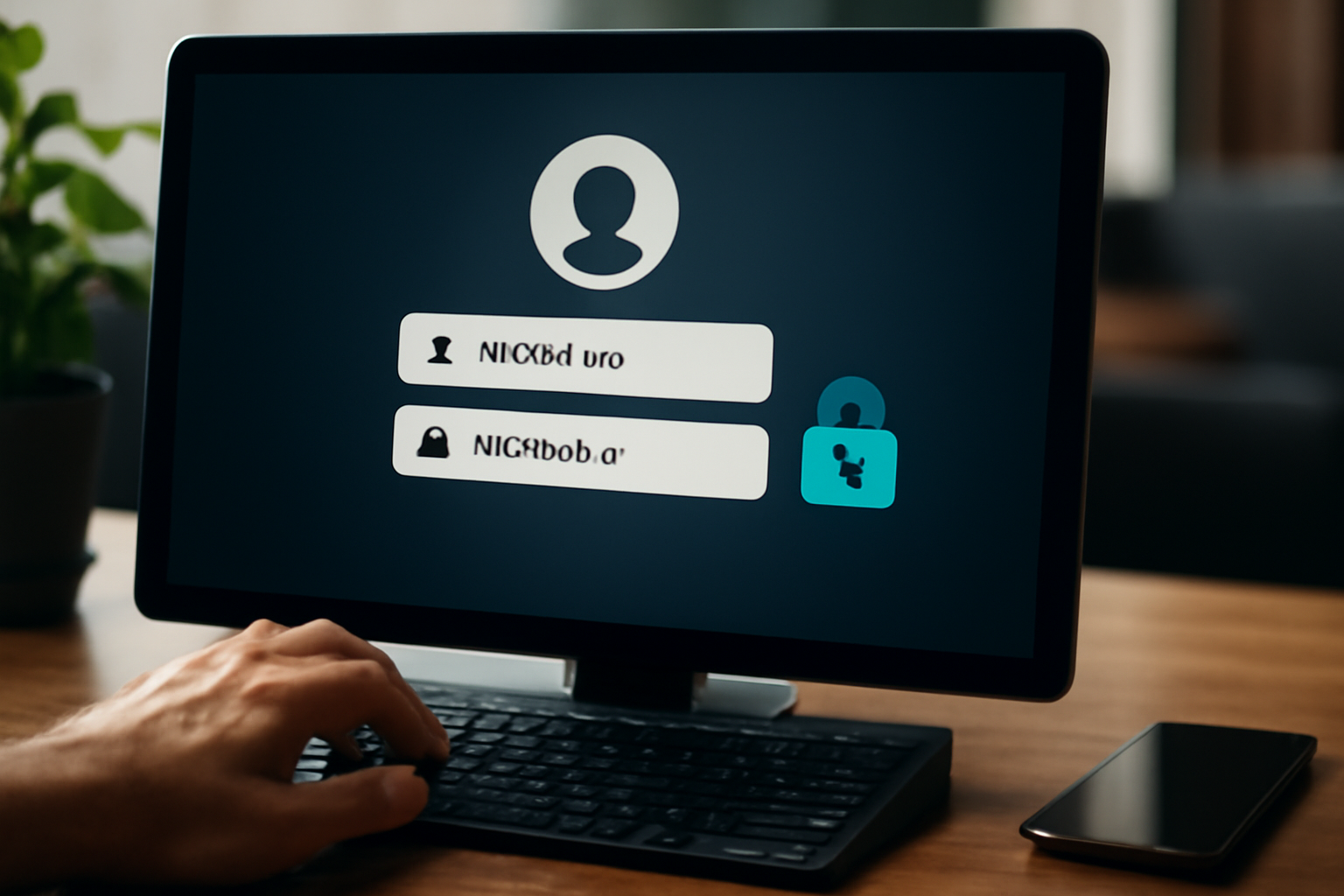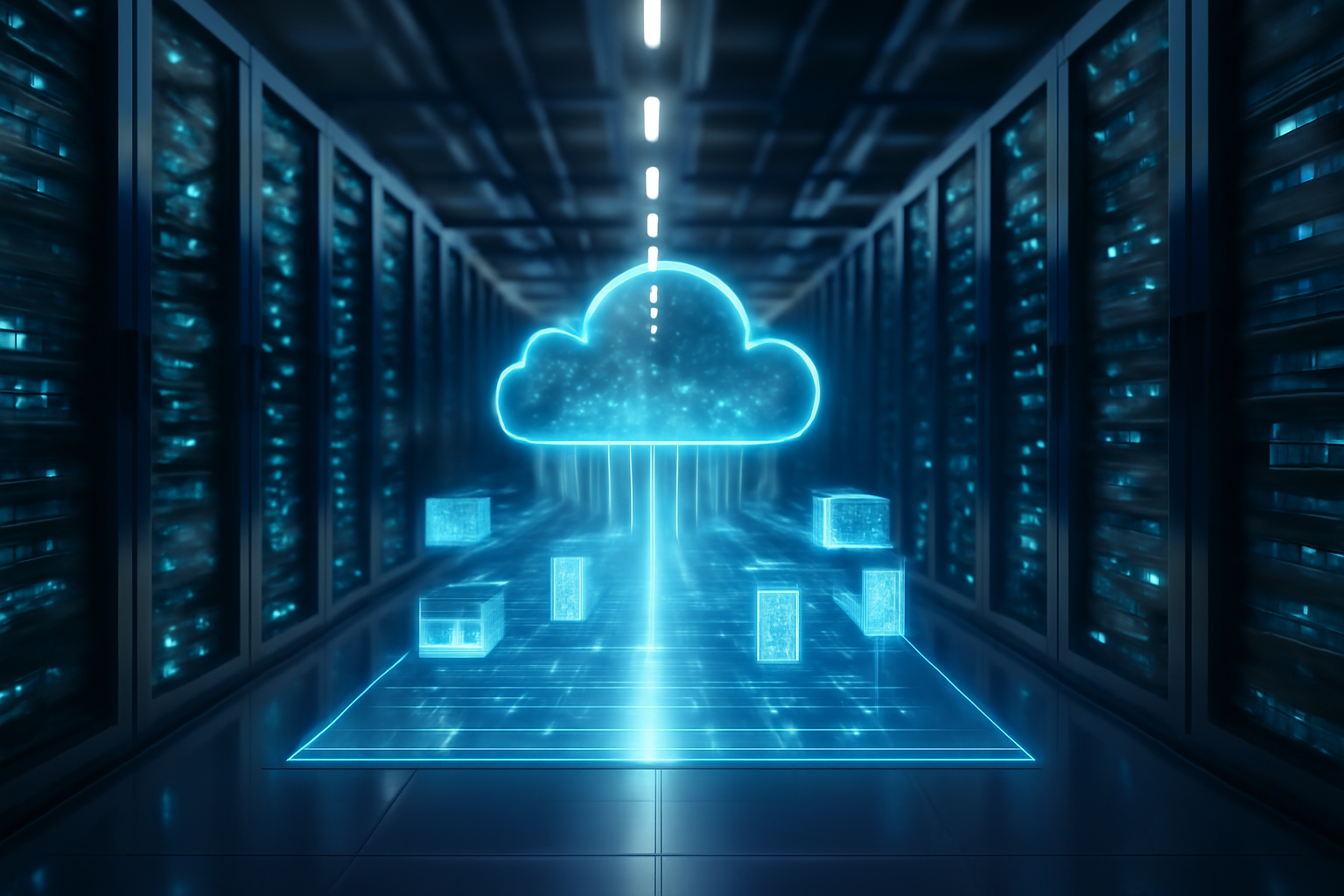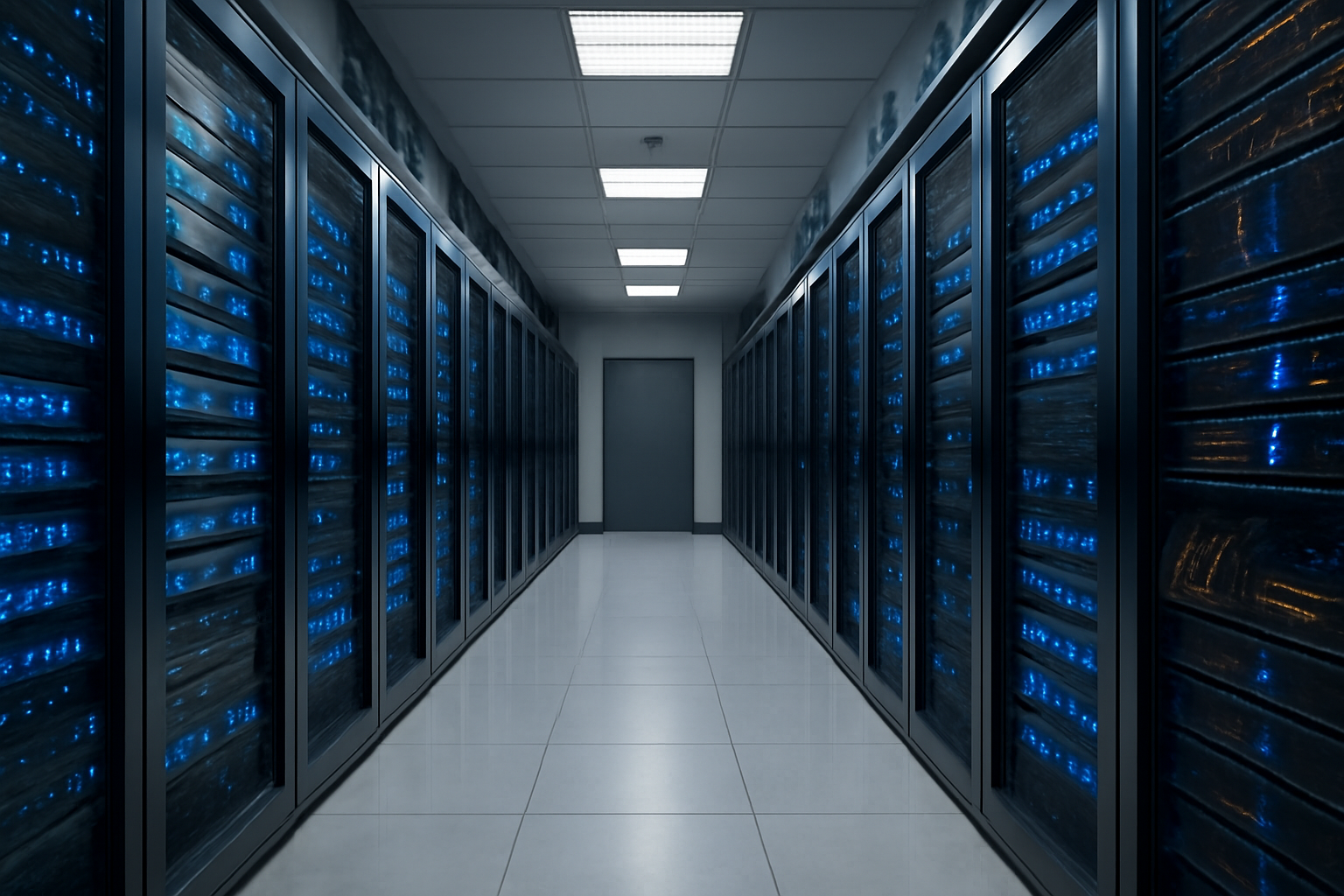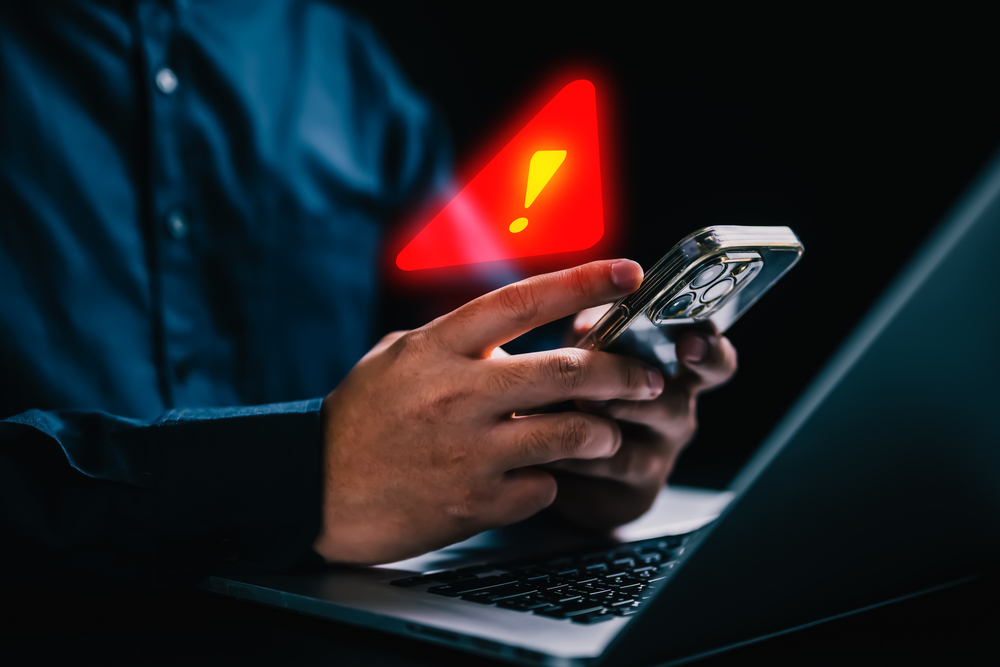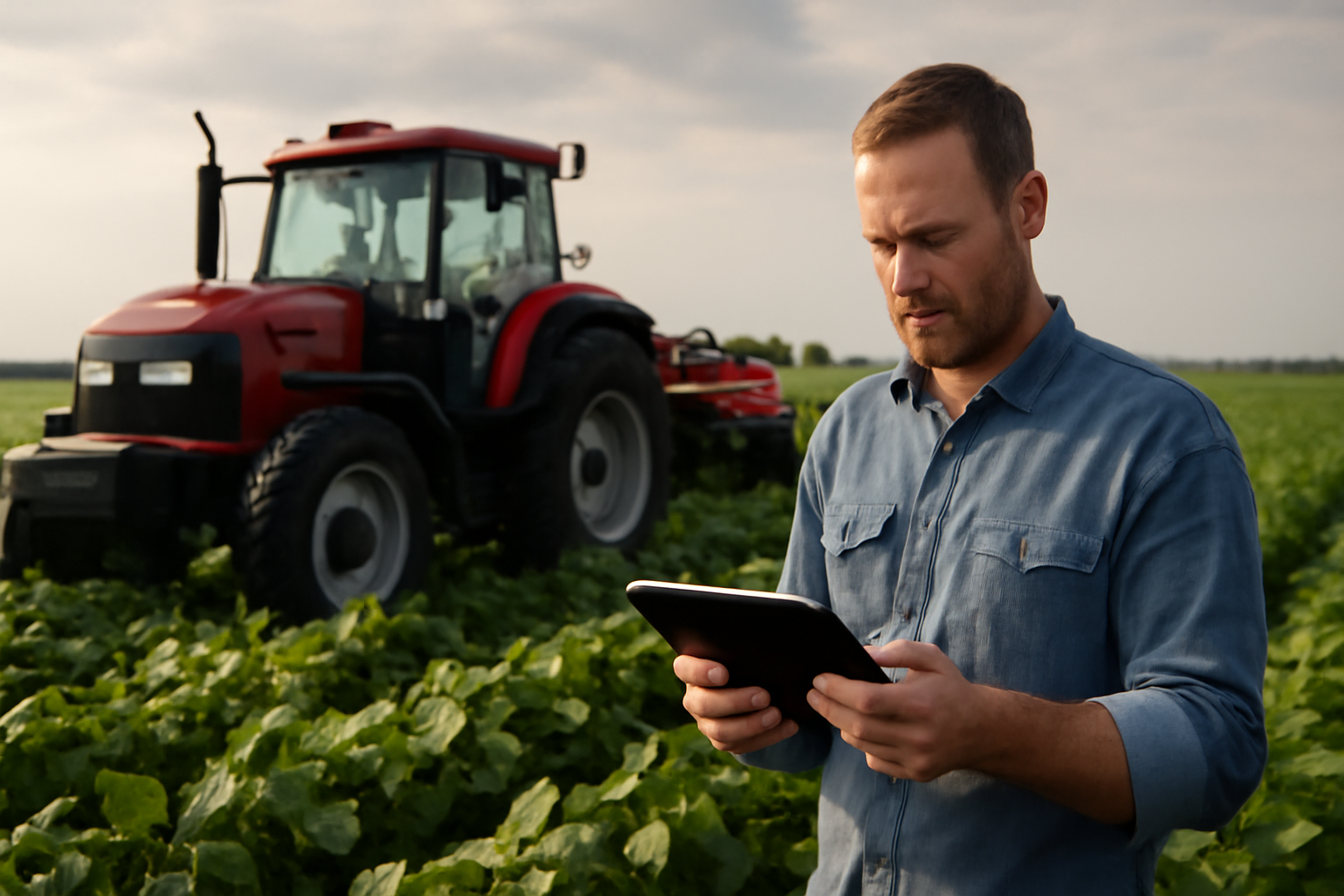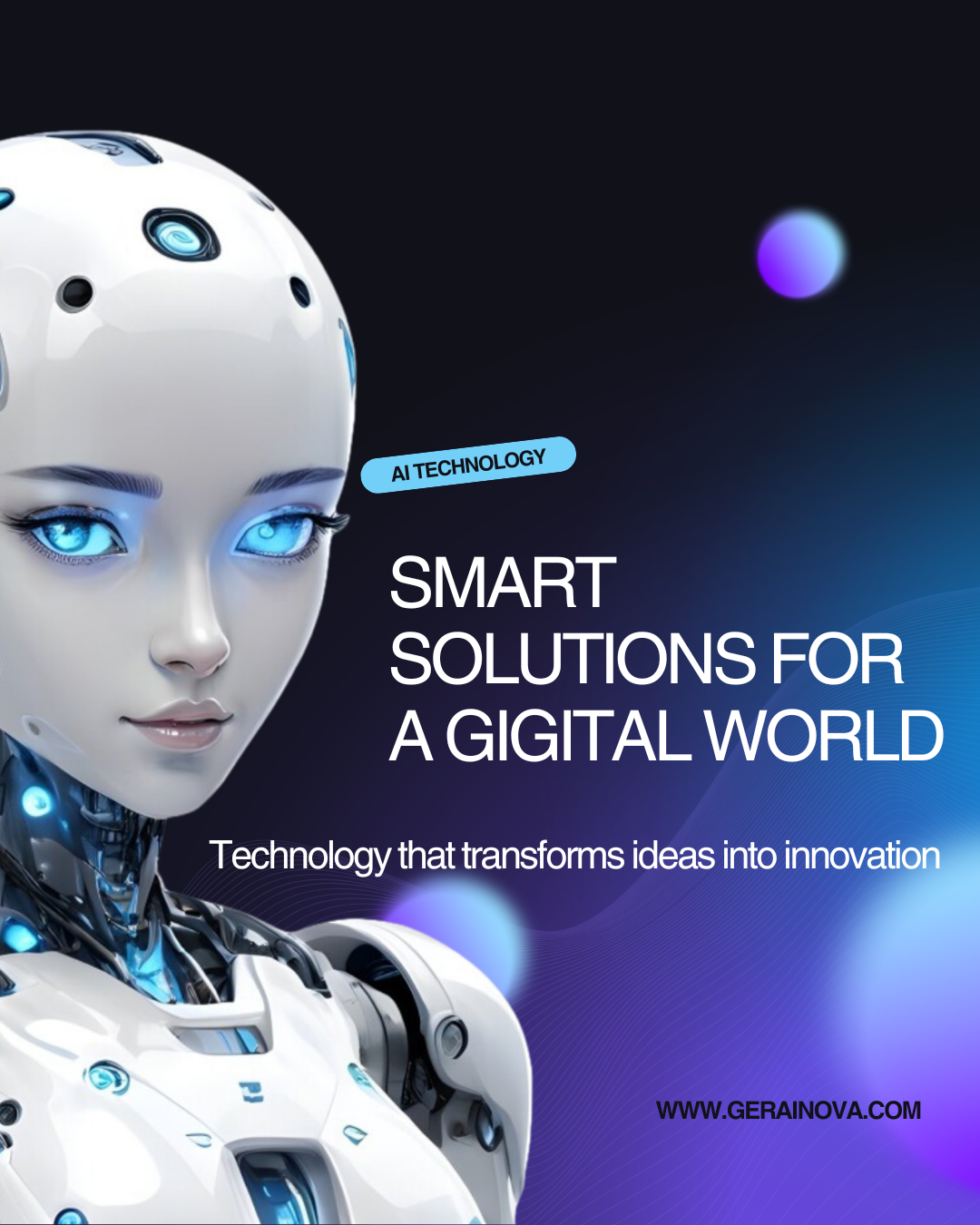Introduction to the 5G Revolution
The fifth generation of wireless technology, known as 5G, is more than just an upgrade to your smartphone’s internet speed. It’s a transformative leap that’s redefining how we connect, communicate, work, and live. While previous generations like 3G and 4G primarily focused on faster internet for mobile phones, 5G is designed to support a hyper-connected world, including smart cities, autonomous vehicles, telemedicine, and much more.
But what exactly is 5G, and how does it impact your everyday life? Whether you’re a tech enthusiast or just curious about how your next phone plan could reshape your daily routine, this article will guide you through the technology, benefits, use cases, and practical changes that 5G brings.
What Is 5G?
At its core, 5G stands for the fifth generation of mobile networks. It is the successor to 4G LTE and offers significant improvements in three key areas:
- Speed: 5G can be up to 100 times faster than 4G. It offers peak download speeds of 10 Gbps.
- Latency: 5G drastically reduces latency (the time it takes data to travel between points) to as low as 1 millisecond.
- Capacity: 5G can support a massive number of devices simultaneously, which is essential for the Internet of Things (IoT).
Unlike previous generations, 5G uses higher frequency radio waves, called millimeter waves, in addition to traditional lower bands. These waves can carry more data but have a shorter range, which requires the installation of more small cell towers in urban environments.
Additionally, 5G introduces technologies like beamforming and massive MIMO (multiple-input, multiple-output), which allow signals to be directed more precisely to each user, improving reliability and speed even in crowded areas.
Real-World Applications of 5G
5G is not just a boost in speed. It opens the door to new technologies and services that were previously impractical or impossible with older networks.
1. Smart Cities
Imagine traffic lights that adjust in real-time based on congestion, or garbage bins that notify sanitation teams when they’re full. 5G enables these kinds of smart city innovations by providing reliable, real-time data connections between sensors and systems across a city.
Beyond infrastructure, public safety also benefits. Surveillance systems, emergency response networks, and environmental monitoring can all operate more efficiently through a 5G-connected urban grid.
2. Telemedicine and Remote Surgeries
Doctors can now conduct remote consultations with high-definition video, real-time diagnostics, and even perform surgeries using robotic instruments controlled remotely — all thanks to the ultra-low latency of 5G. This is especially valuable in rural or underserved areas where access to medical specialists is limited.
Additionally, hospitals can rely on wearable devices to constantly monitor patients’ vitals and alert medical staff in real time, drastically improving outcomes.
3. Autonomous Vehicles
Self-driving cars rely on sensors and real-time data to navigate safely. 5G allows these vehicles to communicate with each other and with infrastructure like traffic lights or road signs. This vehicle-to-everything (V2X) communication is key to creating safer roads.
For logistics companies, this could mean more efficient deliveries, lower costs, and reduced emissions as autonomous fleets become viable on a wider scale.
4. Augmented and Virtual Reality (AR/VR)
Whether it’s virtual meetings in a simulated environment or AR-enhanced shopping experiences, 5G provides the bandwidth and responsiveness needed for seamless, immersive interactions.
Education and training also stand to benefit. Imagine students dissecting a virtual frog or a surgeon practicing a complex procedure in VR — all from their home or office, powered by 5G.
5. Enhanced Mobile Experiences
Of course, smartphones still benefit. Streaming 4K or even 8K video without buffering, downloading massive files in seconds, and enjoying cloud gaming without lag are just a few perks for the average user.
In addition, content creators can livestream in high resolution from almost anywhere, revolutionizing mobile journalism, entertainment, and influencer marketing.
How 5G Affects You Personally
5G impacts individuals across various aspects of life, from leisure and productivity to safety and convenience.
At Home
- Smart Home Devices: 5G allows more devices to connect simultaneously, making your smart thermostat, security system, and voice assistants work more smoothly together.
- Remote Work and Learning: With higher speeds and more reliable connections, working or studying from home becomes more efficient. Video calls are crisper, file sharing is instant, and cloud tools operate without lag.
Moreover, 5G can serve as an alternative to traditional broadband in areas where wired infrastructure is lacking, offering households a faster and more stable internet option.
On the Go
- Navigation and Travel: Real-time traffic updates, route optimization, and dynamic public transport tracking improve how you get around.
- Entertainment: Stream movies in high resolution while commuting or enjoy multiplayer mobile games with zero lag.
Travelers may also enjoy smarter airports, more automated boarding, and real-time language translation apps that operate with minimal latency.
Health and Fitness
- Wearables: Smartwatches and fitness trackers can transmit real-time health data to your doctor, helping monitor conditions or improve wellness plans.
- Emergency Response: In case of accidents or health crises, 5G allows first responders to receive real-time video and data from the scene, improving response and outcomes.
Home fitness platforms may also benefit from 5G, allowing seamless access to live personal training sessions or biometric feedback in real-time.
The Infrastructure Behind 5G
To support its capabilities, 5G uses a dense network of small cell towers and antennas, especially in urban areas. These cells operate at different frequency bands:
- Low-band: Offers wide coverage but slower speeds.
- Mid-band: A balance between coverage and speed.
- High-band (mmWave): Delivers ultra-fast speeds but has a limited range and penetration.
This layered approach ensures that 5G can serve different use cases, from broad rural coverage to data-hungry urban centers.
Additionally, edge computing — processing data closer to the source rather than at a central server — works alongside 5G to reduce latency even further. This is critical for real-time applications like gaming, drones, and autonomous machines.
Network slicing is another innovation made possible by 5G. It allows providers to divide their networks into “slices,” each tailored to a specific use case, such as ultra-reliable low-latency communication for medical equipment or high-throughput for media streaming.
Challenges and Limitations of 5G
1. Coverage Gaps
Despite its promise, 5G is not available everywhere. High-speed mmWave signals struggle to penetrate walls and have limited range. This means more infrastructure investment is needed, especially in rural areas.
2. Device Compatibility
To use 5G, you need a 5G-enabled device. While most newer smartphones support it, older devices won’t benefit. This creates a transitional period as users gradually upgrade.
3. Cost Considerations
5G rollouts are expensive, and some service providers may pass these costs on to consumers. However, as adoption increases, prices are expected to become more competitive.
4. Health and Safety Myths
There have been unfounded concerns about 5G and health. Numerous studies and international health organizations confirm that 5G radiation levels are well within safety limits.
Addressing misinformation is key to smooth adoption. Governments and health agencies must engage in transparent communication with the public.
The Economic Impact of 5G
5G is more than just technology — it’s an economic catalyst. According to research by Qualcomm, 5G is expected to enable over $13 trillion in global economic output by 2035. It will create jobs, boost productivity, and foster innovation across sectors like manufacturing, healthcare, education, and entertainment.
Startups and small businesses especially stand to gain. For example, remote farming operations can use drones and sensors to monitor crops, while retailers can deploy AR experiences to engage customers — all powered by 5G.
Supply chains, too, are becoming more efficient with 5G-enabled logistics, helping reduce waste and respond more quickly to consumer demands.
Global 5G Rollout: Where We Stand
Different countries are at varying stages of 5G implementation:
- South Korea: One of the earliest adopters with widespread urban coverage.
- United States: Major cities have 5G, with expanding rural access.
- China: Rapid rollout with significant government investment.
- Europe: More cautious deployment, often focused on industrial use cases.
Governments and telecom companies are investing billions into 5G infrastructure. International competition is fierce, and 5G leadership is seen as critical to national competitiveness.
Private companies are also developing private 5G networks for their campuses or factories, allowing more control over security and customization.
The Future Beyond 5G
While 5G is just becoming mainstream, the tech world is already imagining what comes next: 6G. This future generation promises speeds up to 100 times faster than 5G and applications like holographic communication, brain-computer interfaces, and truly immersive virtual worlds.
But for now, 5G is the stepping stone toward that future. As it becomes more integrated into our daily lives, we’ll continue to see new use cases emerge — many of which we haven’t even imagined yet.
Researchers are already collaborating internationally to define 6G standards, with early projections aiming for commercialization around 2030. Meanwhile, expanding 5G infrastructure and services remains the current priority.
Tips for Adapting to a 5G World
- Upgrade Smartly: If you’re due for a phone upgrade, consider a 5G-compatible device to future-proof your investment.
- Explore Carrier Plans: Compare data plans from different providers — many offer introductory 5G rates or bundles.
- Secure Your Devices: Faster speeds mean faster threats. Use secure networks, update firmware, and enable multi-factor authentication.
- Embrace New Tech: Try out 5G-enabled gadgets like AR glasses, smart home devices, or cloud gaming platforms.
- Stay Informed: The 5G landscape evolves quickly. Follow tech news and reviews to make the most of what’s coming.
- Advocate for Access: Encourage local infrastructure development to ensure equitable 5G access in your community.
Final Thoughts: The 5G Lifestyle
5G is not just a technical upgrade — it’s a lifestyle enhancement. It changes how we learn, how we heal, how we entertain ourselves, and how we work. It bridges the gap between people and technology, offering real-time responsiveness and reliability that transforms experiences.
From smarter cities to more immersive entertainment, from revolutionized healthcare to next-level mobile apps, the impact of 5G is broad, deep, and already unfolding. It’s the kind of shift that will define a generation, much like electricity or the internet did before it.
As this technology becomes more widespread, it will open doors to new opportunities and empower individuals and businesses in ways we are just beginning to explore.
The future is arriving faster than ever — and it’s powered by 5G. Stay ready, stay connected, and embrace the revolution.

